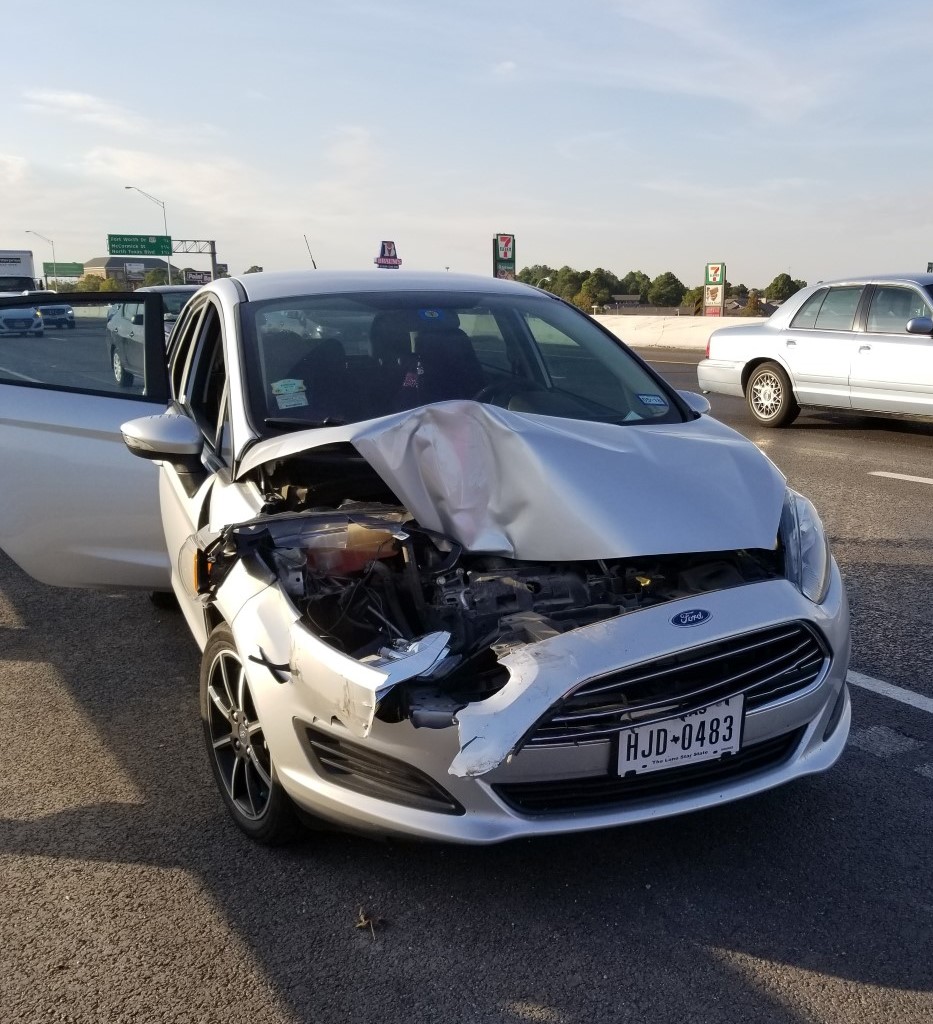 This weekend’s fatal crashes on I-35 show the need for increased safety measures
This weekend’s fatal crashes on I-35 show the need for increased safety measures
North Texas highways are unfortunately the scene of many serious injury and fatal car and truck crashes. Just in the past two days, a tragic Fort Worth accident took the life of a woman on I-35 near Rosedale Street on Friday night. And last night, a Dallas crash sadly took the life of a woman who was not able to avoid hitting a disabled SUV on I-35 near Medical District Drive north of downtown. This weekend reinforced why drivers should try to avoid driving on interstates if possible, especially at night.
Since all of our local highways are more jammed than ever with cars, trucks and 18-wheelers due to our region’s explosive growth, the only possible answer for why I-35 is so dangerous is increased trade due to the North American Free Trade Agreement (NAFTA). As a result, we have more and more commercial trucks driving up and down the the highway to deliver goods from Mexico. And we have more trucks because of increased deliveries from purchases from Amazon and other online merchants. Plus it seems that I-35 is always under construction, at least here in Fort Worth where we have been in the midst of a frustrating widening for the past five years.
Adding to these perils, tractor trailers and other large commercial trucks drive with relative impunity. We see them tailgating and trying to run drivers off the road, speeding, failing to stay in their lanes – presumably because the driver is texting while driving or at least using his cell phone in violation of Federal Motor Carrier Safety Administration regulations – and driving while being exhausted. You rarely seem them pulled over for doing this. I call on Texas law enforcement to increase the number of patrol officers and other traffic safety techniques to make truck drivers obey traffic laws.
I also urge our state legislators to fix these problems. The Texas Tribune described several proposed laws that would help remedy this embarrassing title. None of these bills is apparently going to pass in the legislature days from concluding its biennial session.
Dallas interstates are especially dangerous and lead to far too many wrongful deaths. Most were listed in the top 100 deadliest highways list, with I-35 being one of the highest in the country at #13 and I-45 right behind it at #14.
Causes of interstate crashes
We have a lot of highways in the DFW area and they designed to be safe. But traffic engineers don’t appear to consider increased congestion, the increase of huge trucks that take football fields to bring to a stop, and start-and-go conditions on roads with speed limits of up to 75 mph. Local streets have much lower speed limits and are regulated by traffic lights and stop signs. Both highways and roads are subject to poor road maintenance, improper design, and bad weather.
Top causes of crash deaths in Texas
The Texas Department of Transportation reports that the following five terrible driving practices are responsible for the highest number of fatalities:
- Negligence like weaving in and out of traffic
- Speeding
- Reckless driving
- DWI/drinking
- Cell phone use
Why is Texas #1?
We are usually very friendly people — until we get out on the road. Texas is the leader in the U.S. in traffic deaths.
Texas has seven of the worst 25 highways in the country. Often the rural highways are even more dangerous, owing to loosely enforced speed limits, people driving faster, and increased drinking while driving.
A new highway being built that connects I-45 to US 175 at State Highway 310 in the Dallas area is even referred to by law enforcement as “dead man’s corner.”
We haven’t bad a death-free day on our roads for almost 20 years. That is nothing to be proud of.
If you need help
If you have been injured or a family member has perished in a wreck, you need to hire a good personal injury lawyer as soon as possible to answer your questions and guide you through the legal process. Berenson Injury Law has been representing injured victims and their families for almost 40 years. Please contact us by calling 1-800-801-8585 or fill out this form.


 This weekend’s fatal crashes on I-35 show the need for increased safety measures
This weekend’s fatal crashes on I-35 show the need for increased safety measures